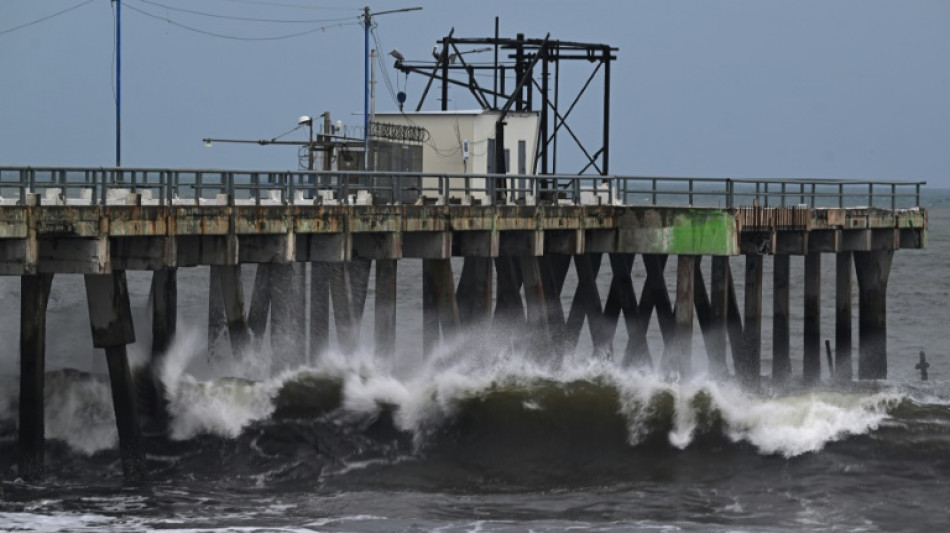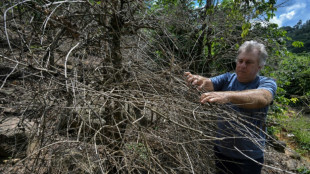

Tropical storm Pilar causes heavy rains as it scrapes past Central America
Tropical storm Pilar scraped past Central America Tuesday, causing heavy rains along the Pacific coast but growing less likely to make landfall.
With maximum sustained winds of 50 miles (80 kilometers) per hour, Pilar was slowly moving towards El Salvador, but its core "is expected to remain offshore," the US National Hurricane Center said in a statement.
By Thursday, it is expected to start moving away from land.
Until then, Pilar could produce rainfall of five to 10 inches (12.7 to 25 centimeters) over a portion of Central America stretching from southern El Salvador across southern Honduras, western Nicaragua into northern Costa Rica through Wednesday, said the NHC.
"This rainfall will produce flash and urban flooding along with mudslides in areas of higher terrain," it added.
According to El Salvador's environment minister Fernando Lopez, a cold front was preventing Pilar from reaching land.
Nevertheless, the storm has caused heavy rains over most of the country, which is on red alert.
A 24-year-old man and a 57-year-old woman died after being swept away in strong river currents, Salvadoran authorities said Monday, while an 18-year-old man was reported missing on a beach.
El Salvador has a population of 6.6 million, and nearly 90 percent of its territory is vulnerable to floods, landslides and earthquakes.
Last year, the country was hit by Tropical Storm Julia, which killed 10 people and caused millions of dollars in losses.
In Guatemala, officials said three small communities in the capital were flooded, affecting about 450 people.
Nicaragua remained on alert Tuesday with rainfall of up to 120 millimeters in some areas, while in the Honduran capital, Tegucigalpa, downpours turned streets into rivers.
The NHC and Central American meteorological services are monitoring the possible formation of a tropical cyclone in the eastern Caribbean, which may also bring heavy rains to the region towards the end of the week.
Pilar arrived on the 25th anniversary of the Atlantic Hurricane Mitch, which left some 9,000 dead in the region.
Covering 523,000 square kilometers and with 50 million inhabitants, Central America is highly vulnerable to intense meteorological phenomena.
H.Davenport--NG



